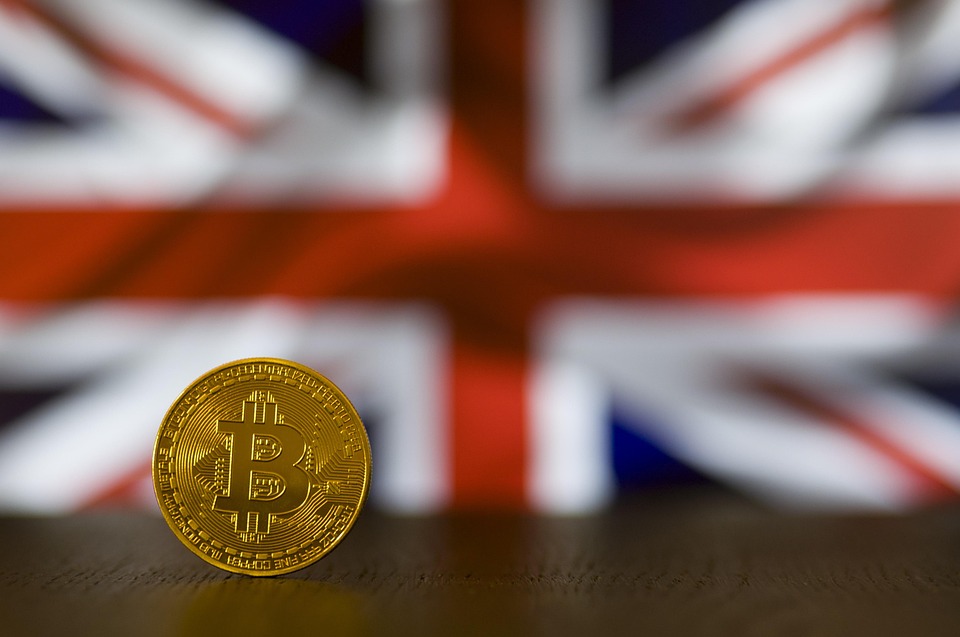XRP and Regulatory Challenges: What You Need to Know
The cryptocurrency landscape has evolved dramatically over the last decade, with thousands of digital currencies entering the market. Among these, XRP, created by Ripple Labs, has emerged as a significant player. However, the journey of XRP has not been without its challenges, particularly in the realm of regulation. Understanding these regulatory challenges is crucial for investors, developers, and anyone interested in the cryptocurrency space.
What is XRP?
XRP is a digital currency that was designed to facilitate fast and low-cost international money transfers. Ripple Labs, the company behind XRP, aims to improve the efficiency of cross-border transactions, making it an appealing option for banks and financial institutions. Unlike many cryptocurrencies that operate on a decentralized model, XRP is often viewed as being closely tied to Ripple Labs, which raises questions about its regulatory status.
The SEC Lawsuit
One of the most significant regulatory challenges facing XRP is the ongoing lawsuit filed by the U.S. Securities and Exchange Commission (SEC) against Ripple Labs in December 2020. The SEC alleges that Ripple conducted an unregistered securities offering by selling XRP, classifying it as a security rather than a currency. This classification has profound implications, as securities are subject to stringent regulations that do not apply to traditional cryptocurrencies.
The outcome of this lawsuit is critical not only for Ripple but for the broader cryptocurrency industry. A ruling in favor of the SEC could set a precedent that affects how various digital assets are classified and regulated in the future. Conversely, a ruling in favor of Ripple could provide much-needed clarity and potentially pave the way for greater acceptance of XRP and similar cryptocurrencies.
Global Regulatory Landscape
While the SEC’s actions are prominent in the U.S., XRP faces regulatory challenges globally. Different countries have varying approaches to cryptocurrency regulation. In some jurisdictions, XRP is viewed as a digital asset that can operate freely, while in others, it faces restrictions or outright bans.
For instance, the European Union is working to establish a comprehensive regulatory framework for cryptocurrencies, which could impact XRP’s use in European markets. Countries like China have taken a more aggressive stance against cryptocurrencies, which influences the overall perception and viability of XRP in global markets.
Market Implications
The regulatory challenges surrounding XRP have significant implications for its market performance. The uncertainty stemming from the SEC lawsuit has led to volatility in XRP’s price, impacting investors’ confidence. Exchanges also reacted by suspending XRP trading in some cases, further complicating its accessibility.
Moreover, the regulatory landscape can affect partnerships with financial institutions. Ripple Labs has focused on collaborating with banks and payment providers, but regulatory scrutiny could hinder these relationships if the legal status of XRP remains ambiguous.
Future Outlook
As the cryptocurrency market continues to mature, the regulatory landscape is expected to evolve as well. The outcome of the SEC lawsuit will be pivotal, but it is only one piece of the larger puzzle.
Investors and participants in the cryptocurrency space should keep a close eye on regulatory developments not just in the U.S. but globally. The establishment of clearer regulations could lead to increased institutional adoption of XRP and potentially stabilize its market presence.
In conclusion, while XRP presents an innovative solution for cross-border transactions, its journey is fraught with regulatory challenges that could shape its future. Staying informed about these developments is essential for anyone involved in the cryptocurrency market. Understanding the legal implications and regulatory landscape will be crucial for navigating the complexities of investing in XRP and similar digital assets.



